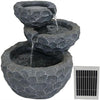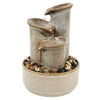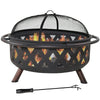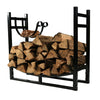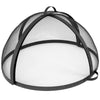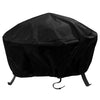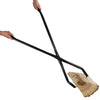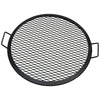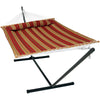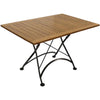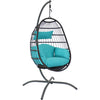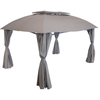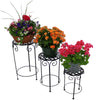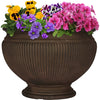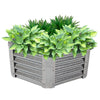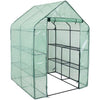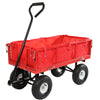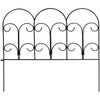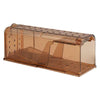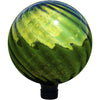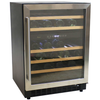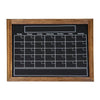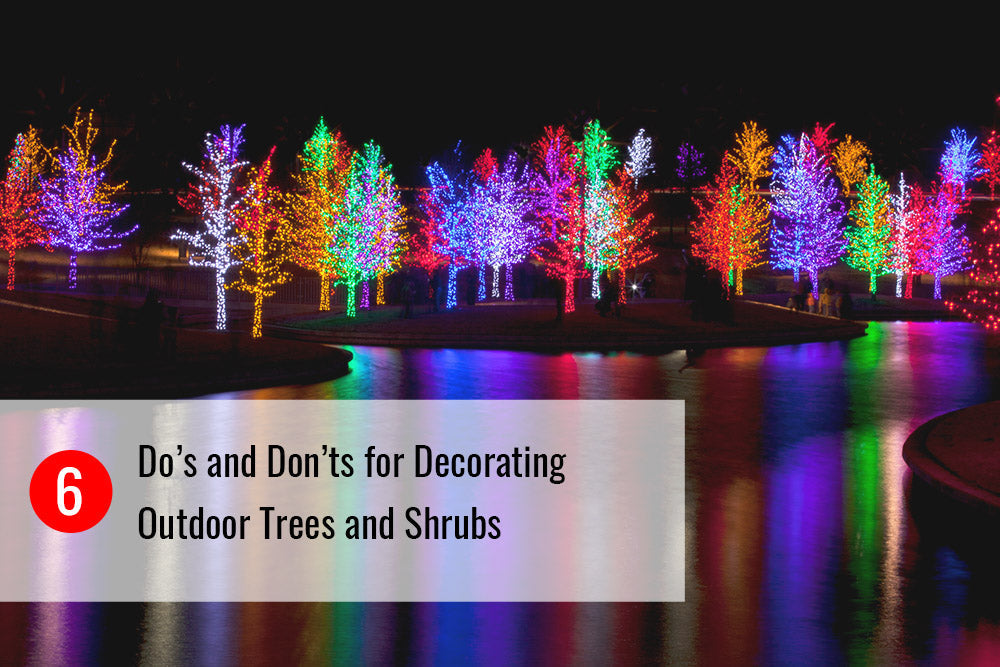Houseplants bring a touch of life and personality to our indoor spaces. But just like us, they need a little extra TLC to stay happy and healthy. One crucial aspect of houseplant care is knowing when it's time to give your botanical buddy a new home. While a cozy pot might seem perfect at first, plants can outgrow their containers, leading to stunted growth and frustration for both you and your leafy friend. The tips below will equip you with the knowledge to identify the signs your plant is yearning for more space and ensure a smooth transition to a bigger and better pot, or whether you should make the move to plant it outdoors in the garden.
When Should I Transfer my Plant to a Bigger Container?

There are several factors to consider when contemplating repotting a plant. Roots, overall structure of the plant above the soil, and overall plant pain points (gremlins) are very good indicators that your plant needs more space to thrive.
1. The Root Rundown
Check the drainage holes. Are roots persistently poking through? This signals a root system yearning for more space. If the roots are rootbound, gently remove the plant from its pot. If the roots are tightly circling the pot with little to no soil visible, it's time to upsize.
2. Top Growth Tells
Is your once-vigorous plant suddenly struggling to put on new leaves? This could be a sign that the roots are cramped and can't support further growth. If your plant seems to dry out much faster than usual, that’s a signal that the pot is too small and can't hold enough moisture for a robust root system, leading to frequent thirst pangs. Additionally, it may become too top heavy. As a plant matures in a pot that's too small, the top growth might become disproportionately large, making it prone to tipping over.
3. General Gremlins
Flowering plants often withhold blooms if they're feeling rootbound. If your once-blooming beauty has gone shy, consider repotting. Another planter gremlin is mineral buildup. Over time, mineral deposits can accumulate on the soil surface or rim of the pot. This can hinder water absorption and nutrient uptake, prompting a need for fresh soil in a larger container.
When Should I Transfer my Plant to the Lawn or Garden?

Not all plants are destined for indoor life! Some thrive best when transplanted outdoors in the garden or raised garden bed. Here's what to consider:
1. Plant Variety
Research your specific plant's needs. Some plants, like Ficus trees, are content indoors, while others, like tomatoes, require outdoor space to flourish.
2. Climate Considerations
Ensure your local climate aligns with the plant's requirements. If you have harsh winters, frost-sensitive plants won't survive outdoors.
3. Seasonal Timing
Ideally, transplant outdoors during mild weather, usually spring or fall, to minimize stress on the plant.
How to Transfer a Plant to a Larger Planter
Step 1: Gather Your Supplies
This step is best done on a garden bench or other surface with room to work. Be sure to take into consideration whether your plant needs structural support like a planter trellis. You'll also need a new pot 2-4 inches wider than the current one, fresh potting mix, and a watering can.
Step 2: Prepare the New Pot
Add a layer of fresh potting mix to the bottom of the new pot for drainage.
Step 3: Gently Loosen the Root Ball
Carefully remove the plant from its current pot. Gently loosen the root ball with your fingers, taking care not to damage the roots.
Step 4: Position the Plant in the New Pot
Place the plant in the center of the new pot, ensuring the top of the root ball sits slightly below the rim.
Step 5: Fill and Water
Fill the gaps around the root ball with fresh potting mix, gently tamping it down to remove air pockets. Water thoroughly until water drains from the bottom of the pot.
With a little observation and the knowledge gleaned from the tips above, you're sure to have an easier time recognizing when your plant needs a growth upgrade. By providing the right environment and a comfortable new pot, you can ensure your leafy companion thrives for years to come, rewarding you with its continued beauty and, in some cases, delicious homegrown bounty!

